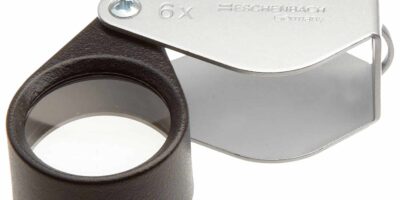Rare Quarters Worth Money
Coin collecting, or numismatics, is a hobby that combines art, history, and rarity. One area that fascinates many collectors is rare quarters. Quarters, with their rich history and intricate designs, are a favorite for enthusiasts. Some can be exceedingly valuable, making them worth investigating.
The 1932 and 1932-D Washington Quarters
The Washington quarter was first issued in 1932 to celebrate George Washington’s 200th birthday. Less known is that this year holds some of the rarest coins. The 1932-D and 1932-S Washington quarters are particularly valuable due to their low mintages. Only 436,800 were minted in Denver, and 408,000 in San Francisco. Collectors search for these coins for their historical significance and scarcity.
Bicentennial Quarters
In 1976, the U.S. celebrated its 200th anniversary. To commemorate, the U.S. Mint released special bicentennial quarters. These coins feature a dual date, 1776-1976, and a unique reverse design by Jack L. Ahr, depicting a drummer boy. While most bicentennial quarters are common, some proofs and versions in silver remain highly collectible.
The 1965 Silver Quarter Error
In 1965, the U.S. Mint transitioned from silver coins to a copper-nickel clad composition. However, a few leftover silver planchets were accidentally used, resulting in rare 1965 silver quarters. These coins contain 90% silver instead of the standard alloy and are rare errors prized among collectors.
1955-D ‘Cherry Picker’s’ Double Date
A favored quarter among error collectors is the 1955-D “Cherry Picker’s” Double Date. Known for its double-die obverse, the date on these coins appears doubled. This collectible error highlights a fascinating mistake in the minting process, alluring to those interested in mint errors.
The 1970-S Proof with Doubled Die Reverse
Likewise, the 1970-S Proof quarter with a doubled die reverse is another highly sought rarity. While the doubling is subtle, it’s clear to knowledgeable collectors. This error occurs during the die creation process, where the design is struck twice, slightly off, producing the doubling effect.
State Quarters with Errors
In 1999, the U.S. Mint launched the State Quarters program. It became an instant hit among collectors. Many error coins surfaced during the production. Notable examples include the Georgia state quarter with a “spitting eagle” error. This nickname comes from a raised line from the eagle’s beak, making these editions collectible and interesting finds.
The Value of Condition
Condition drastically affects a quarter’s value. Mint state coins are exceptionally valued. Common grading terms include VF (Very Fine), XF (Extremely Fine), AU (About Uncirculated), and MS (Mint State). Coins in higher grades command higher prices. Professional grading services can provide certification, assuring authenticity and condition.
Proof and Uncirculated Coins
Proof coins offer another avenue for rare finds. Made for collectors, they have a special polish and sharp details. Uncirculated coins are those that haven’t seen circulation. Both types can be valuable, especially when coupled with historical years or known mint errors.
Silver Content
The metal content in quarters influences value. Prior to 1965, U.S. quarters were 90% silver. Silver quarters carry intrinsic value due to their metal content, impacting collector interest apart from historical value. Key examples include pre-1965 Washington quarters and Barber quarters from 1892-1916.
Barber and Standing Liberty Quarters
- The Barber quarter, minted from 1892 to 1916, appeals for its intricate design and age. Key dates include 1896-S, 1901-S, and 1913-S.
- The Standing Liberty quarter, produced from 1916 to 1930, is another historical gem. The 1916 edition is rare because it marked the first year of the design.
Quarter Collecting Tips
Identifying rare quarters starts with knowledge. Look for errors, mintmarks, and dates. Using a magnifying glass aids in spotting details missed by the naked eye. Keeping coins in protective holders prevents damage, preserving their condition. Research is essential, with books and online resources providing detailed coin information.
Investment Potential
While collecting is mainly a hobby, rare quarters can yield profits. Price trends vary with metal prices, collector demand, and economic factors. The scarcity of a quarter can significantly escalate its market value. However, patience and timing are key to seeing financial returns.
Keepsake and Heritage
Beyond monetary value, rare quarters can be keepsakes and family heirlooms. Passing collections through generations keeps history alive. Sharing a passion for numismatics can spark interest in younger generations, ensuring the preservation of coin heritage.
